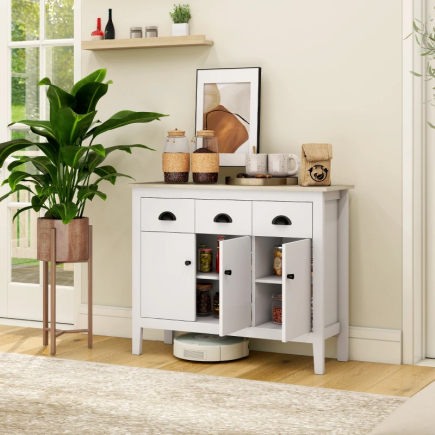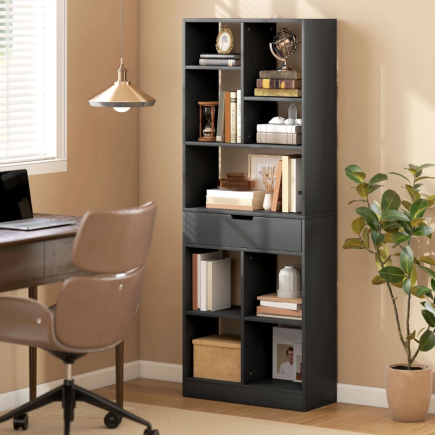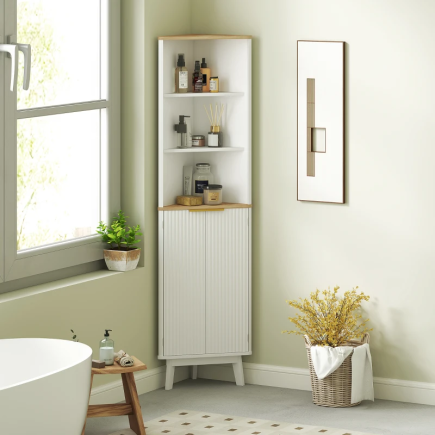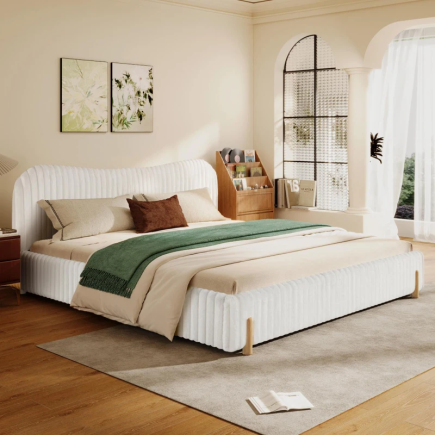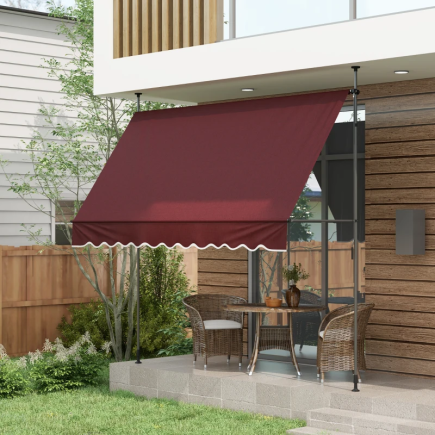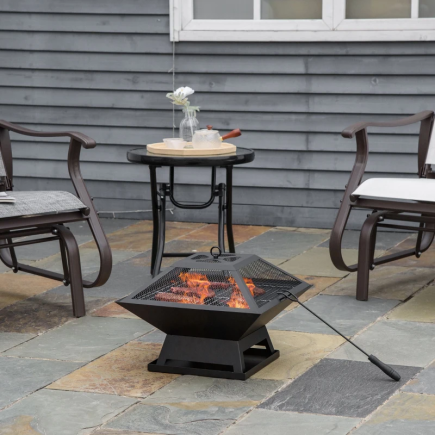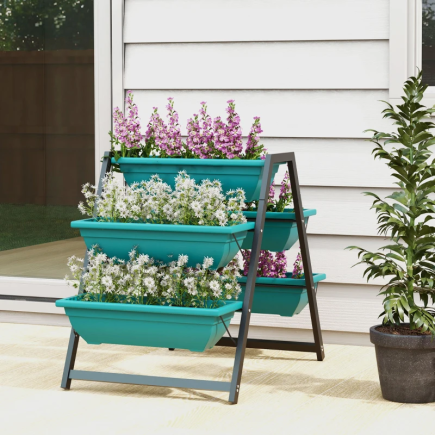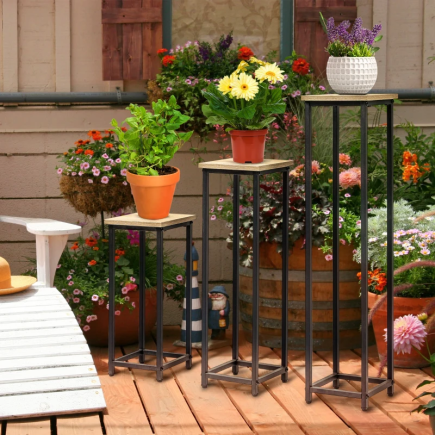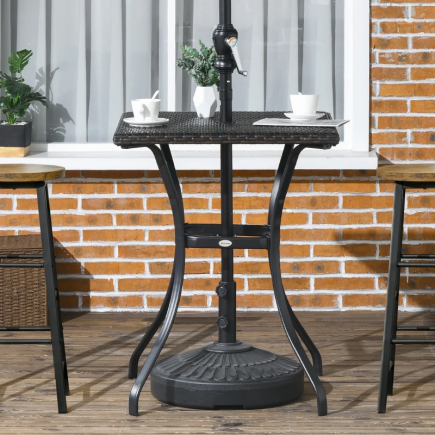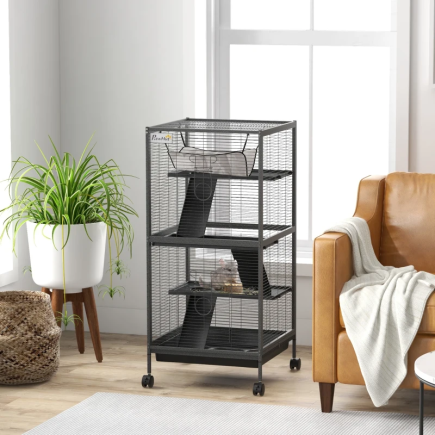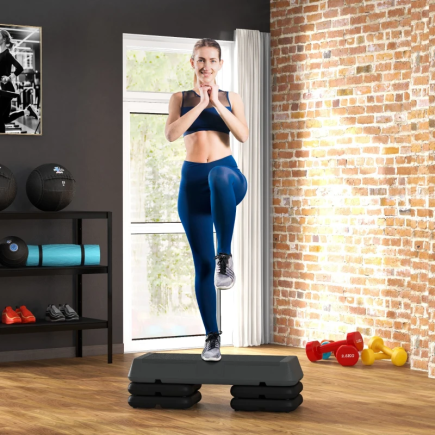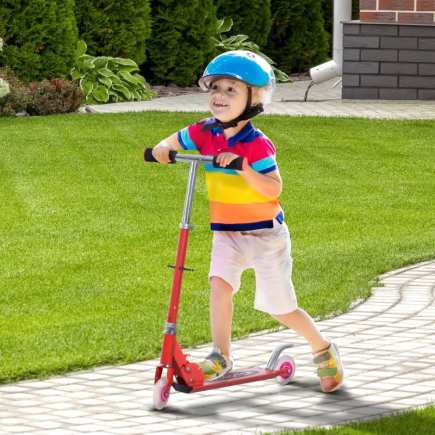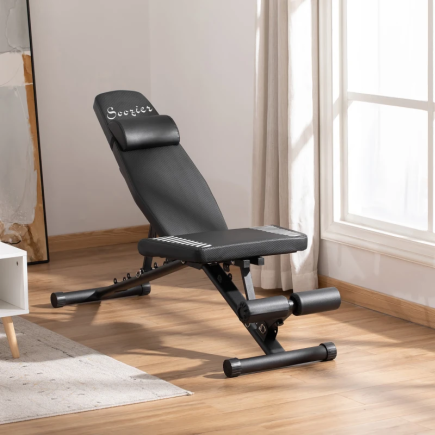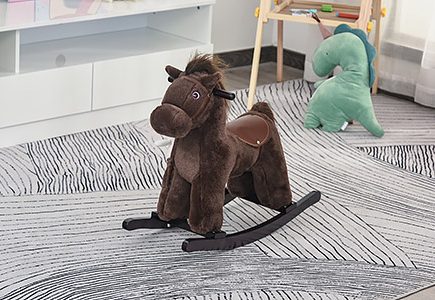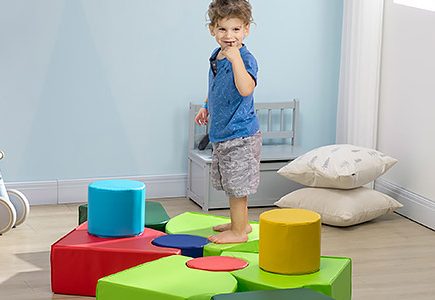
Let’s face it, painting a shed might not sound like the most exciting activity in the world, but trust us, it’s worth every minute. Not only does painting your shed give it a fresh, clean look, but it also protects it from the elements. A good coat of paint will help prevent the sun from fading your shed, the rain from rotting the wood, and the wind from tearing things up.
What You’ll Need to Paint Your Shed: Tools and Materials
Alright, before you get all Pinterest-creative with your shed, let’s make sure you have everything you need. After all, you don’t want to run out of supplies halfway through and end up with a half-painted disaster.
1. Choosing the Right Paint: Oil-Based vs. Latex vs. Acrylic

First things first the paint. This is the most important choice. Pick the wrong paint, and you’ll be repainting in no time. Here’s what to know:
- Oil-Based Paint: Known for its durability and smooth finish, oil-based paint is perfect for wood and metal sheds. It stands up to the weather, but it does take a while to dry.
- Latex Paint: This water-based wonder is super easy to clean up and dries quickly. Latex paint works best for wood sheds and is a fantastic option if you’re looking for a fast turnaround. you need.
- Acrylic Paint: The goldilocks of paints, acrylic is fade-resistant and flexible. It’s great for both wood and metal sheds.
2. Tools You’ll Need for the Job

So you’ve got your paint, but what about the tools? Here’s your painting kit for a job well done:
- Brushes: A good, high-quality brush is key to precision work, especially around corners and edges. You wouldn’t want to get paint all over your new garden path, right?
- Rollers: For larger areas, rollers will save you time. They’re quick and efficient – it’s like the express lane for your paint job.
- Sprayers: If you’re feeling fancy, go for a sprayer. They give an even coat quickly, but make sure you’re wearing a paint suit (or old clothes) unless you want to turn into a walking Picasso.
3. Safety Gear: Protect Yourself, Trust Us!

This isn’t just about looking cool with a mask; it’s about staying safe. You’re dealing with chemicals, so take the precautions seriously:
- Gloves: No one wants to walk around with paint stains on their hands for a week. Gloves will keep you clean and prevent skin irritation.
- Masks and Goggles: Paint fumes aren’t something you want to breathe in. Grab a mask and some goggles to protect yourself from paint splatters and fumes.
- Ventilation: Whether you’re painting indoors or in a tight space, keep things airy. A stuffy shed with paint fumes? Not fun.
Step-by-Step Preparation: Getting Your Shed Ready for Paint
The first thing you need to do before you get all artsy is to prepare the surface. Think of it as getting your canvas ready before you paint your masterpiece.
1. Clean and Sand the Surface

You wouldn’t bake a cake in a dirty pan, right? Same idea here. Start by cleaning the shed. Remove dirt, dust, and any mildew that’s built up over time. Then, give the surface a good sanding. A smooth surface ensures the paint sticks well and looks sleek. No one wants a bumpy, uneven finish.
2. Repair Cracks and Imperfections
You’re not just hiding imperfections with paint – you’re fixing them first! Fill any holes or cracks with wood filler or similar repair products. Let it dry, and then sand it down so everything is nice and smooth. A well-prepped shed is the first step to a beautiful paint job.
3. Prime the Surface
Primer is like the secret ingredient that makes everything better. It helps the paint adhere better and ensures that the color pops. Skipping primer is like trying to bake a cake without flour – it just doesn’t work. So, don’t skip it! Apply a coat of primer and let it dry before moving to the next step.
How to Paint a Shed: Techniques for a Smooth Finish
Now the fun part begins! Follow these steps to ensure you get that perfect, flawless finish.
1. Apply the First Coat Evenly
- Start at the top: Begin with the roof or the highest point of the shed and work your way down. This prevents any drips from forming on already painted areas.
- Use smooth, even strokes: Whether you’re using a brush, roller, or sprayer, make sure your strokes are steady and consistent to ensure an even coat.
- Don’t overload your brush or roller: It’s tempting to dip deep into the paint, but too much paint can lead to drips and streaks. Only load the brush or roller lightly to avoid excess paint that can create uneven coverage.
2. Avoid Brush Marks and Runs
- Keep strokes long and steady: This minimizes the chance of creating visible brush marks. A short, choppy stroke will only make brush marks more noticeable.
- Work quickly but with control: Don’t let the paint dry too much before you smooth it out. If you notice any runs or streaks, smooth them out immediately while the paint is still wet to avoid permanent imperfections.
- Work in sections: Tackle smaller sections of the shed at a time, so you can stay focused on creating smooth, controlled strokes without worrying about the paint drying too quickly.
3. Let It Dry and Apply a Second Coat

- Don’t rush the drying process: Let the first coat dry completely before applying the second. Depending on the paint and weather, this can take anywhere from 6-8 hours. Drying too fast or too slow can affect the finish quality.
- Apply the second coat evenly: Once the first coat is fully dry, apply the second coat in the same way you did the first. This ensures better coverage and durability. Two coats of paint will also make the color more vibrant and protect the surface for a longer period.
When Is the Best Time to Paint?
Timing is everything. You wouldn’t schedule a picnic in a thunderstorm, so don’t try painting during unfavorable conditions either.
1. Ideal Temperature and Humidity
Aim for a temperature between 50°F (10°C) and 85°F (29°C). Too hot or too cold, and you might end up with an uneven finish. Also, avoid painting on humid days. Paint doesn’t like humidity, and neither should you.
2. How to Handle Rain or Extreme Weather
Never paint if rain is in the forecast within 24 hours. If you want your paint job to last, you need at least a full day of dry weather. If it’s windy, skip the sprayer – it’ll just blow paint everywhere. Trust us, that’s not the look you’re going for.
Choosing the Right Color for Your Shed

You’ve made it this far now it’s time for the fun part: choosing the color!
Match the Shed to Your Home and Garden
Your shed should blend in nicely with your house and garden. If your home has modern features, go for colors like charcoal or gray. If your house is more rustic, shades of green, brown, or beige will blend beautifully with nature.
If you’re considering a new shed for your space, take a look at the Outsunny Grey Colour Shed for a stylish and functional option that might inspire your color choice!
Now that you know exactly how to paint a shed, it’s time to grab your tools and get started. Remember, a little prep work goes a long way, and with the right paint, technique, and a bit of patience, you’ll have a shed that’s the pride of your backyard. If you’re still searching for the perfect shed, check out the Outdoor Sheds Collection for a variety of options to suit your needs. Happy painting!
FAQs
Can you paint over a stained shed without sanding it?
No, you must sand the stained surface to remove any protective lacquer or varnish. This will allow the paint to adhere properly and avoid peeling later.
How to prevent paint from peeling on your shed?
Use high-quality acrylic latex paint for waterproofing and apply a primer before painting. Thin, even coats will prevent over-saturation and peeling.
Can I paint my shed in winter?
It’s not ideal to paint in cold temperatures, as the paint may not adhere properly and can take longer to dry. Wait for a milder day if possible.
Should you paint the inside of your shed for better durability?
Painting the interior helps seal the wood and makes it easier to clean. It also protects against moisture buildup, extending the shed’s lifespan.

